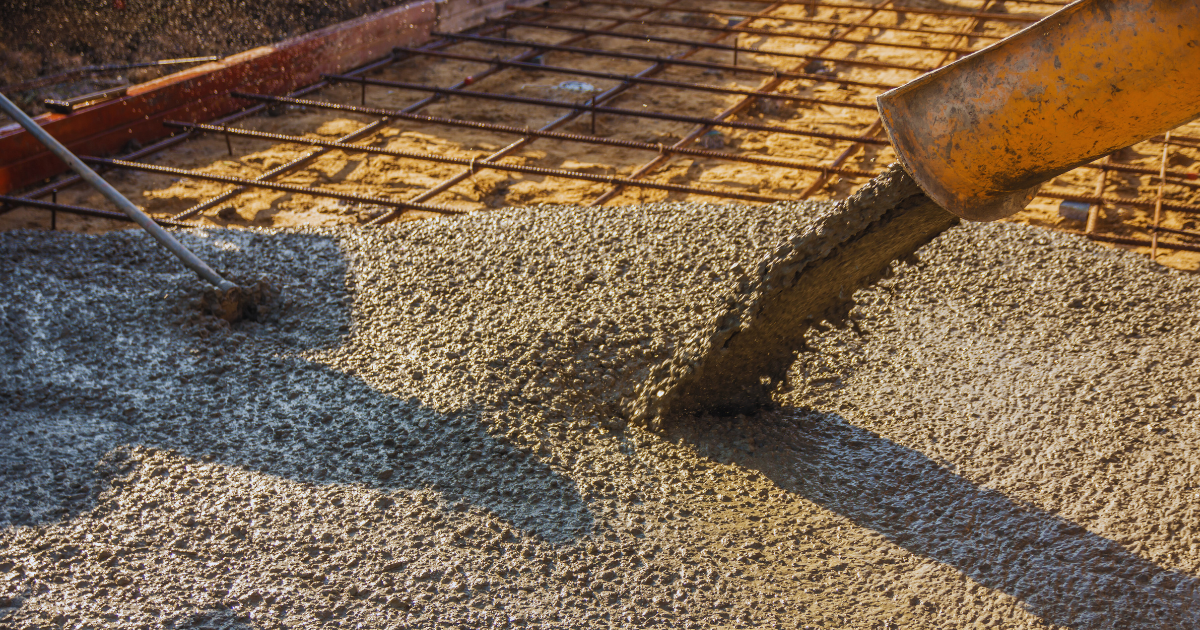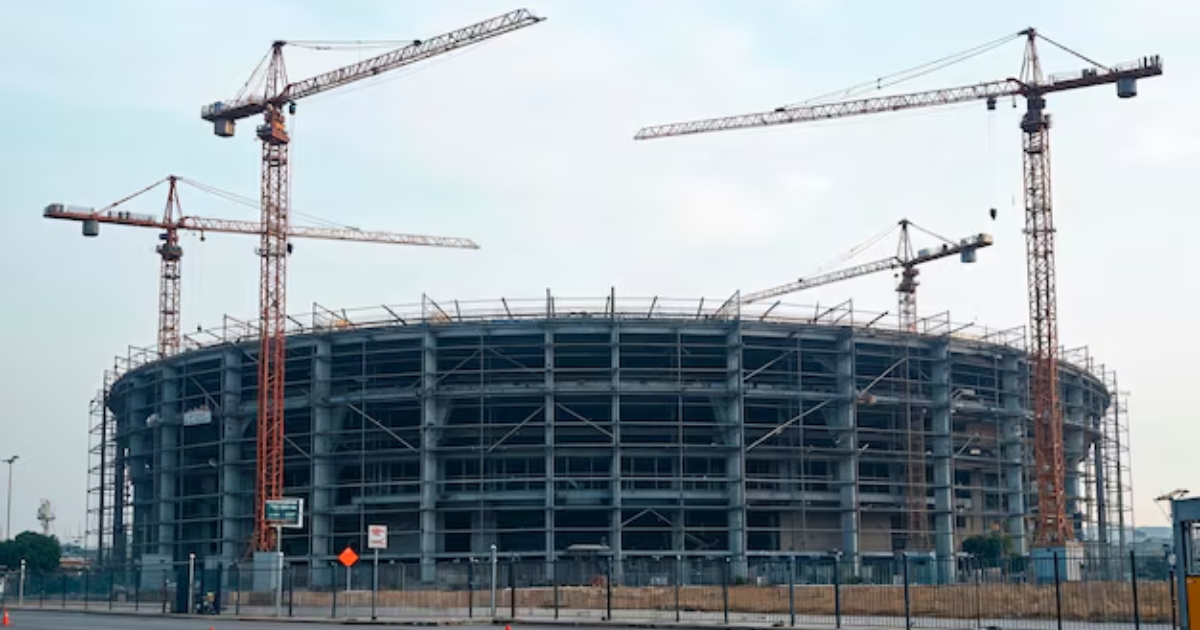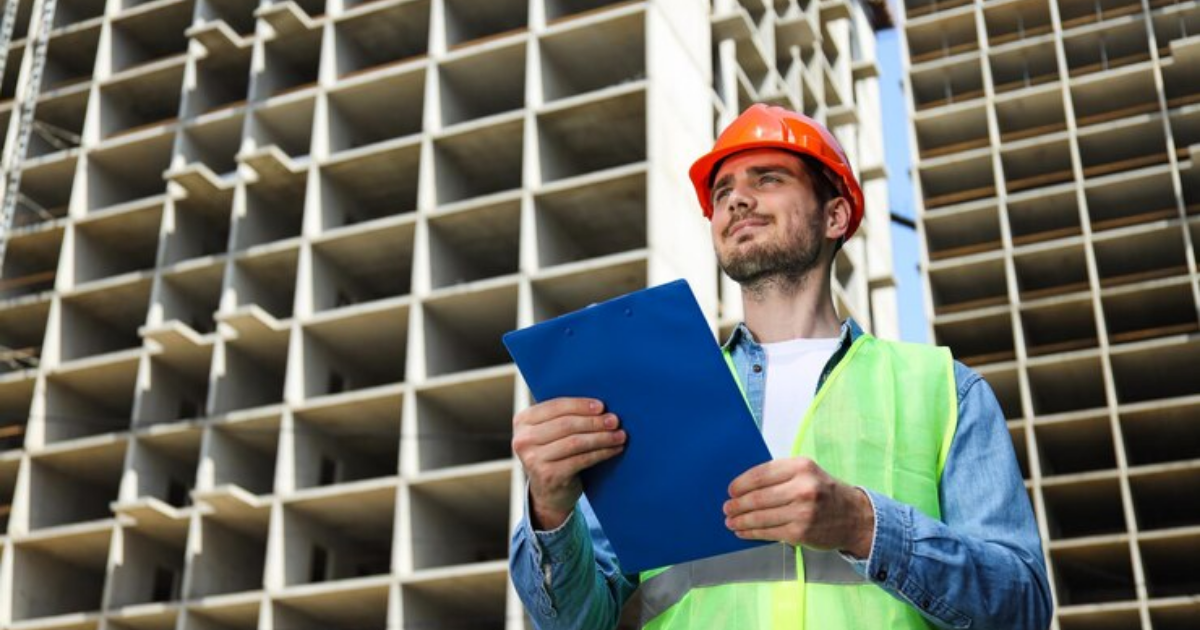Concrete is one of the most widely used construction materials globally due to its versatility, durability, and strength. Among various types, Ready-Mix Concrete has gained prominence as a preferred choice in the construction industry. It is produced in a controlled environment and delivered to the construction site, ensuring uniformity and reducing wastage. However, the quality of ready-mix concrete is crucial to the success of a construction project. Poor-quality concrete can lead to structural failures, increased maintenance costs, and even safety hazards.
In this blog, we will delve into the importance of quality control in Ready-Mix Concrete production, examining how it impacts the performance of the material, the factors that influence quality, and the practices used to maintain high standards.
What is Ready-Mix Concrete?
Ready-Mix Concrete is a type of concrete that is manufactured in a batching plant according to specific mix designs and is then transported to the construction site in transit mixers. Unlike site-mixed concrete, where the mixing process takes place on-site, ready-mix concrete is produced under controlled conditions, ensuring consistency and quality.
This method offers numerous advantages, including time efficiency, reduced labor costs, and the ability to achieve precise mix ratios, which are critical for different types of construction projects.
Why is Quality Control Important in Ready-Mix Concrete Production?
Quality control is essential in the production of Ready-Mix Concrete because it directly affects the strength, durability, and longevity of the concrete. Concrete is a composite material made of cement, water, aggregates, and sometimes additives. The proper proportion and mixing of these materials are crucial to achieving the desired properties.
Here are several reasons why quality control is important in Ready-Mix Concrete production:
- Ensures Structural Integrity: The primary purpose of concrete in construction is to provide structural integrity. Poor quality control can result in weak or inconsistent concrete, which may compromise the strength of the structure and lead to failures.
- Compliance with Standards: Construction projects must adhere to specific codes and regulations that define the strength, durability, and safety of materials. Quality control in Ready-Mix Concrete production ensures that the concrete meets these standards, reducing the risk of legal issues and project delays.
- Optimizes Performance: Concrete must perform well under various conditions, such as load-bearing, weather resistance, and durability. Effective quality control ensures that the right mix design is selected for each project, optimizing the performance of the concrete.
- Reduces Maintenance Costs: High-quality Ready-Mix Concrete requires less maintenance over time. Poorly mixed or low-quality concrete can deteriorate faster, leading to increased repair costs and shortened lifespans of structures.
- Minimizes Environmental Impact: Waste is a significant issue in construction, and producing low-quality concrete contributes to this problem. By implementing stringent quality control measures, the wastage of materials is reduced, leading to more sustainable construction practices.
Factors Influencing the Quality of Ready-Mix Concrete
Several factors can influence the quality of Ready-Mix Concrete. Understanding and controlling these factors are essential to producing high-quality concrete consistently.
1. Raw Materials
The quality of raw materials, such as cement, aggregates, and water, plays a significant role in the final product. Variations in the quality of these materials can lead to inconsistencies in the concrete mix.
- Cement: The type and quality of cement affect the strength and durability of concrete. Different cement types, such as ordinary Portland cement or blended cement, should be selected based on the project’s specific needs.
- Aggregates: The size, shape, and cleanliness of aggregates are crucial. Well-graded aggregates help create a dense and durable concrete mix, while poorly graded or contaminated aggregates can weaken the structure.
- Water: The water-to-cement ratio is a critical factor in determining the strength and workability of Ready-Mix Concrete. Too much water can lead to weak concrete, while too little can make the concrete difficult to work with.
2. Mix Design
The mix design of Ready-Mix Concrete involves determining the proper proportions of cement, water, aggregates, and any additives needed to achieve the desired properties. The mix design must be tailored to the specific requirements of the project, such as load-bearing capacity, exposure to weather conditions, and setting time.
Ensuring the right mix design is a key aspect of quality control. Any deviation from the specified mix proportions can result in reduced performance and durability.
3. Production Process
The production process of Ready-Mix Concrete is highly automated, but careful monitoring is essential to ensure consistency. Variations in the mixing time, temperature, and sequencing of materials can affect the quality of the concrete.
- Batching: Accurate batching of materials is critical to ensuring a consistent mix. Automated batching systems are used to measure and mix the raw materials according to the specified mix design.
- Mixing: The mixing process should be carefully controlled to ensure that all materials are evenly distributed throughout the mix. Inadequate mixing can lead to weak spots in the concrete, affecting its structural integrity.
- Transportation: Once the Ready-Mix Concrete is produced, it must be transported to the construction site. The time taken for transportation and the method of handling during transit can impact the quality of the concrete. Prolonged transit times can cause the concrete to start setting, making it less workable.
4. Curing
Proper curing of concrete is essential to achieve the desired strength and durability. Curing involves maintaining adequate moisture and temperature conditions after the concrete is placed. Poor curing practices can lead to cracks, reduced strength, and increased permeability.
Methods of Quality Control in Ready-Mix Concrete Production
To ensure that Ready-Mix Concrete meets the required quality standards, various methods and practices are employed throughout the production process. Here are some key quality control measures used in the industry:
1. Testing of Raw Materials
Regular testing of raw materials is crucial to maintaining consistent quality in Ready-Mix Concrete production. Cement, aggregates, and water should be tested for compliance with specifications before use. For example, aggregate testing may include checking for particle size distribution, shape, and cleanliness, while cement may be tested for strength and setting time.
2. Mix Design Validation
Each batch of Ready-Mix Concrete is designed according to specific project requirements. Before large-scale production begins, trial mixes are conducted to validate the mix design. These trial mixes help ensure that the concrete will meet the required strength, workability, and durability parameters.
3. Batching Control
Automated batching systems are used to accurately measure the quantities of cement, water, and aggregates in each batch of Ready-Mix Concrete. These systems are calibrated regularly to ensure precision. Any discrepancies in batching quantities can lead to variations in the final product’s quality.
4. On-Site Testing
Once the Ready-Mix Concrete arrives at the construction site, on-site tests such as the slump test are performed to assess the concrete’s workability. Other tests, such as compressive strength tests, may also be conducted to ensure that the concrete meets the required strength parameters after curing.
5. Continuous Monitoring
Throughout the production process, continuous monitoring of temperature, mixing time, and transportation conditions is essential. Any deviations from the standard process should be corrected immediately to prevent substandard concrete from being produced.
Conclusion
The importance of quality control in Ready-Mix Concrete production cannot be overstated. High-quality concrete ensures the structural integrity, durability, and safety of buildings and infrastructure. By implementing rigorous quality control measures, producers can ensure that Ready-Mix Concrete meets the required standards, resulting in long-lasting and reliable structures.
From selecting high-quality raw materials to monitoring the production process and conducting on-site tests, every step plays a critical role in maintaining the quality of Ready-Mix Concrete. With proper quality control, the risk of structural failures and costly repairs is significantly reduced, making Ready-Mix Concrete an efficient and cost-effective solution for construction projects.
Maintaining the right balance between quality and efficiency in Ready-Mix Concrete production ensures that construction projects can be completed on time, within budget, and with the highest level of safety and durability.







